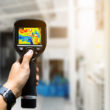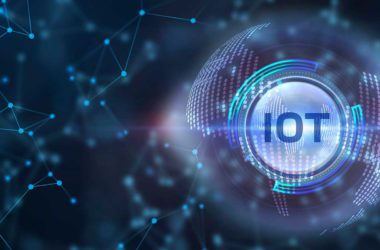Nowadays, thanks to advanced technology and the Industrial Internet of Things (IIoT), factory plants and sites can be properly monitored. With electronic controls, sensing components and automated products, disturbance can be detected.
There are different types of interruption that can occur and impact data communication. Devices and connections can be disrupted by weather conditions, long latency, low-signal-to-noise ratio, connection issues, strong vibrations, high pressure and other disturbances.
Today the focus is on harsh environments, such as extreme temperatures, corrosive humidity or fuel spills. This article provides examples and products to ensure correct data exchange between machines in extreme conditions.
IIoT against harsh environment
The ability of manufacturers to maintain production lines and properly monitor plants in a rapidly altering and disruptive environment can take time and effort. Luckily, Industrial IoT and AI greatly aid even in harsh environments. Predictive maintenance, which frequently focuses on areas of failure, is surpassed by machine health systems that gather industrial IoT data and evaluate it using AI algorithms. Appropriate autonomous systems should be able to withstand these conditions when electronics are required to operate in industrial settings or at extreme temperatures, which may also contain destructively high magnetic and electric fields.
One brand that provides products specifically designed to collect important data regardless of the weather condition is Brainboxes. Brainboxes supplies hardware solutions for machine monitoring and Industrial IoT projects. With a team of highly qualified software and hardware designers since 1984, Brainboxes has created, produced, and supported its own core technologies. This has made the brand one of the world’s top producers of industrial communication devices.
Machine operation in extreme conditions – how is it possible?
Installing and connecting equipment is incredibly challenging as specific electronic or sensing devices might act differently in harsh industrial environments. The system’s longevity will be impacted depending on where the data is collected and what device you are using. Some examples of difficult conditions in industrial applications include extreme temperature, physical impact, Electrostatic Discharge (ESD), vibration and Electromagnetic interference (EMI).
IIoT-enabled machinery is the solution to prevent damage. Advanced technological devices are outfitted with sensors and software that can gather and organise data regardless of harsh industrial environments. For instance, new automated products from Brainboxes like industrial ethernet switches or analog input modules that enable monitoring of key components of the automatic system are designed to collect measurements remotely all year-round. How? Read on to find out.
Automation in the Antarctic
In the Antarctic, typical winter temperatures fall below -20’C to extreme lows of -55’C. Additionally, there are 105 days of complete darkness. Despite that, the data is collected from a station.
In a climate-sensitive region, Halley Research Station serves as an important worldwide platform for the monitoring of earth, air, and space weather. The Weddell Sea’s Halley VI is the first mobile research station in the world, having been constructed atop a floating ice shelf. Scientists can investigate urgent global issues, including climate change and sea level rise, as well as space weather and the ozone hole, which was originally identified at Halley in 1985, thanks to the award-winning and cutting-edge research of the station’s modern laboratory and living quarters.
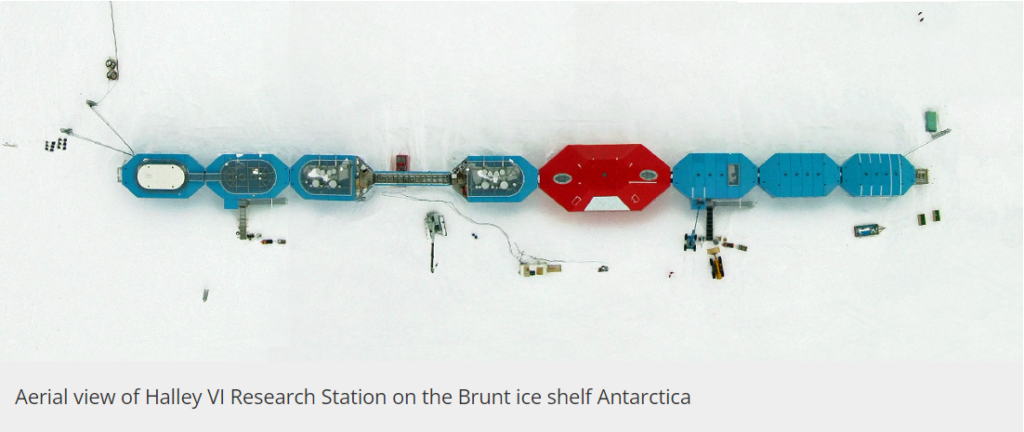
The station is equipped with an innovative autonomous power system developed by British Antarctic Survey engineers (BAS). This system allows the BAS team to obtain these measurements without the help of ground personnel by constructing a ground-breaking autonomous power system with continuous fuel and data input.
The station is equipped with a Microturbine. This is the first time that a microturbine has been installed in Antarctica to power instrumentation autonomously. Thanks to that, BAS Headquarters in Cambridge, UK can remotely monitor, control and shutdown the system. The BAS engineers installed Capstone Microturbine Generator due to the regular monthly maintenance required by traditional diesel generator technology. The generator can function without any maintenance during the winter since it can last nine months between repairs.
Inside the microturbine, there is a Brainboxes analog input module that collects high-precision measurements of voltages and currents in harsh environments all year-round. These modules take real-world signals and turn them into readable data that is available in real-time to engineers on the network over 10,000 miles across the world.
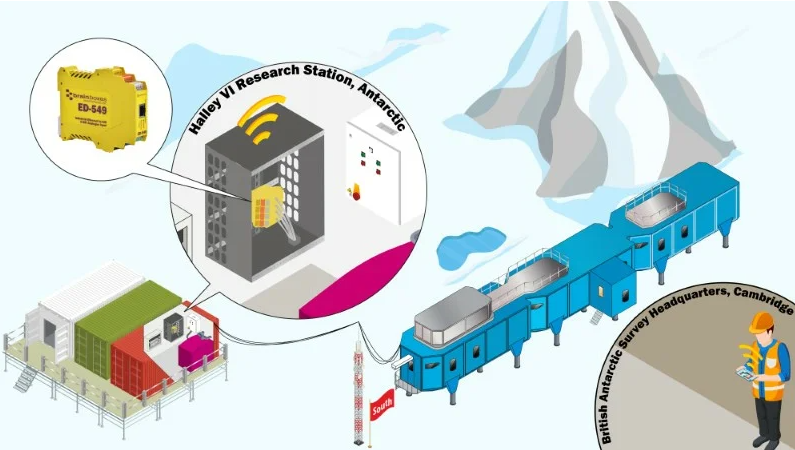
Brainboxes analog input modules are used to monitor the fuel tank level sensors and measure the fuel flow by being placed inside of the microturbine (Image 2). This was the most challenging part of the system to run remotely and ensuring a stable temperature inside its housing was essential as external tanks holding approximately 50m3 of fuel needed on average 140 litres a day to be pumped into the microturbine. However, BAS can ensure the correct levels by monitoring fuel spills in real-time by having access to a complex monitoring dashboard that shows: fuel data, levels, pressures and valve positions.
Conclusion
Machine learning and AI can help fight unexpected risks and protect data exchange, as such they play a key role in fighting disruptions. It is why a lot of devices are controlled remotely, without the need for staff overseeing them in the same location. As we presented above, a BAS system which has operated in temperatures as low as -55’C running for almost 2 years now, with the staff being only present at the station during the summer months. With Remote IO modules from Brainboxes, you can monitor key components of the automation system regardless of the extreme conditions.
Have a look at the 3D Model of the Halley VI Research Centre here.
Recommended products
Remote IO, Brainboxes
Features:
- Individually programmable 8 differential channels
- All types of sensors can be connected to the 0-10V and 4-20mA inputs.
- Factory floor automation and process control, integrated DIN rail mount
- 40°C to +80°C Temperature range – Instantaneous monitoring from any web browser
- Full resolution measurements down to 75mV are possible with a Programmable Gain Amp.
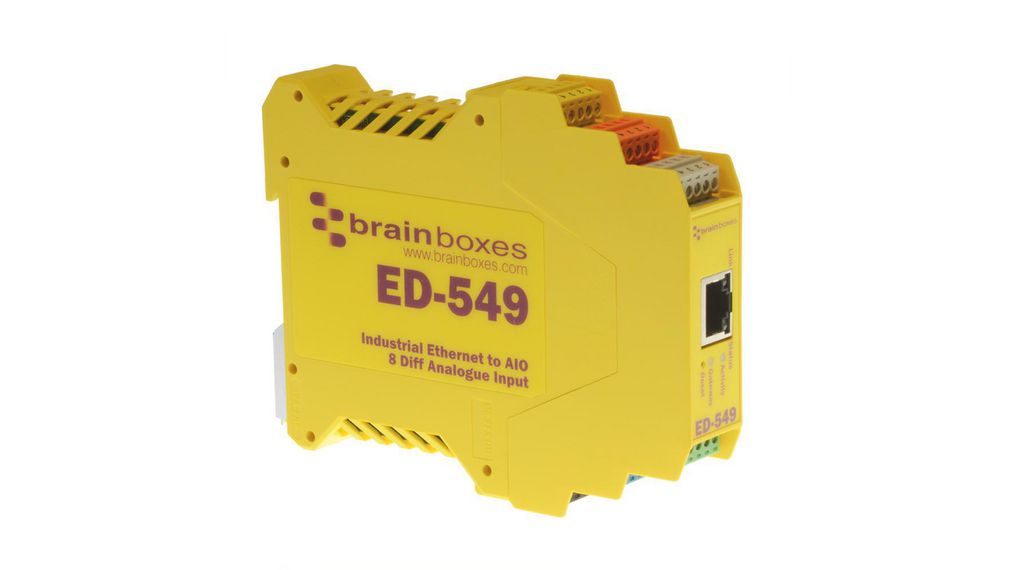
Industrial Ethernet Switches, Brainboxes
Features:
- Integrated DIN Rail Mount
- Hardened 8 Port Ethernet Switch
- Redundant dual power inputs: from 5 to 30 volts DC
- No software is needed.
- Industrial operating temperature range: -40°C to +80°C/ -40°F to +176°F.
- Support and Warranty








